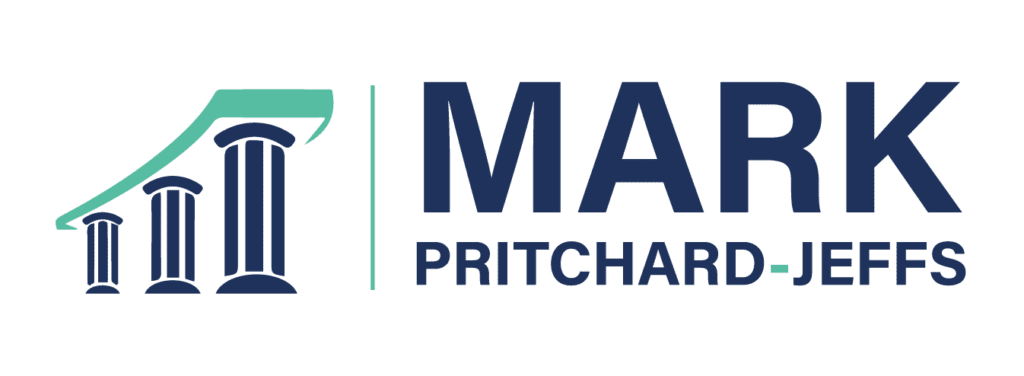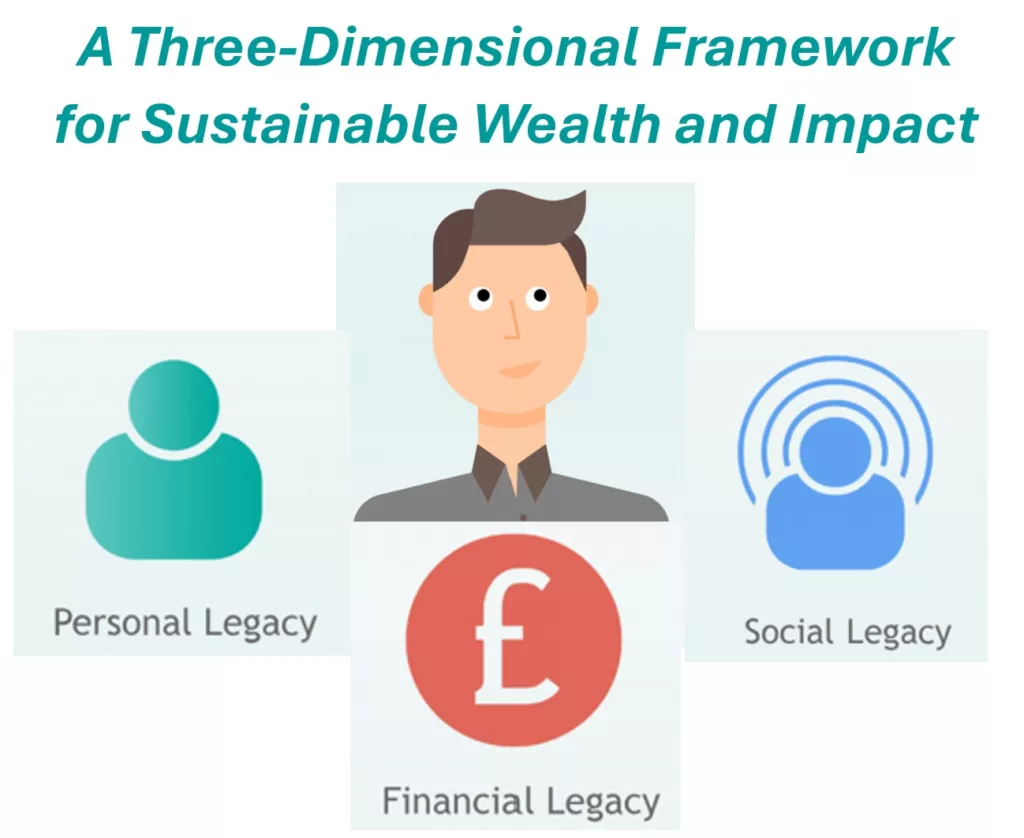You’ve probably heard the expression: “Clogs to clogs in three generations.” It’s not just a proverb – it’s a reality. Studies show that 70% of all newly created wealth is lost within two generations, and 90% within three. This phenomenon, known as the clogs-to-clogs cycle, has claimed the fortunes of history’s greatest wealth creators for many centuries.
Take John-Paul Getty, Cornelius Vanderbilt, and Frank Woolworth for example; all self-made billionaires who built extraordinary empires. Yet, within three generations, their descendants had lost the majority of their hard-earned wealth due to mismanagement, family discord, and a failure to assimilate the values of those that created it.
So why does this happen? More importantly, how can you ensure your wealth endures as a fitting legacy for the fulfilment and benefit of generations to come?
The Four Wealth Killers
Families don’t lose their inherited wealth because of bad luck. They lose it because of these extremely common mistakes:
- Unprepared Beneficiaries – Heirs who aren’t educated on financial responsibility often spend rather than sustain.
- Lack of Governance – Without structured decision-making frameworks, family disputes, lack of leadership, and poor management lead to wealth erosion.
- Poor Financial Literacy – Inheriting wealth doesn’t mean you’ve inherited the capabilities required to grow or preserve it. Many heirs simply lack the financial acumen needed.
- Misalignment of Values – When wealth is passed down without the context of the values that created it, heirs may not appreciate or uphold the principles that led to financial success.
The failure of traditional inheritance models highlights the need for a holistic, three-dimensional approach to wealth preservation—one that integrates your human, social, AND financial capital into a lasting legacy.
Rethinking Wealth: A Three-Dimensional Approach
Legacy isn’t just about money. It’s about the ability to create, protect, manage, and pass wealth on with meaning, integrity, and purpose. The Hereditas Legacy Planning Process recognises three essential and inextricably linked forms of wealth:
- Human Capital – The personal values, knowledge, and wisdom that shape individual and group decision-making and leadership.
- Social Capital – The communities, relationships, governance policies, and related social projects that keep families united.
- Financial Capital – The assets, investments, and governance structures that ensure long-term security.
The key principle? “Passing on values as well as value.” Without preparing heirs with wisdom and financial literacy, even the largest fortunes are vulnerable to mismanagement and dissipation.
Estate Planning vs. Legacy Planning: What’s the Difference?
Think estate planning will protect your wealth? Think again. Estate planning only focuses on tax efficiency and asset transfer—but that’s not enough. Here’s the difference:
| Aspect | Estate Planning | Legacy Planning |
|---|---|---|
| Purpose | Prepares money for beneficiaries | Prepares beneficiaries for money |
| Focus | Minimising tax, structuring wealth transfer | Values, governance, wealth stewardship |
| Timeframe | Ends at asset transfer | Ongoing cross-generational process of education & preparation |
Legacy planning is all too often the missing piece of a wealth management jigsaw. Done well, it drives the other elements and ensures that heirs are equipped with the mindset, skills, and governance structures they need to protect and grow wealth for the benefit of the people and causes you care about most, and for generations to come.
How to Create a Lasting Legacy
The Hereditas Legacy Planning Process is a proven framework designed to help families break the clogs-to-clogs cycle. It focuses on:
Step 1: Defining Your Personal Legacy (Human Capital)
- Establish your core values and vision for future generations.
- Document personal lessons, experiences, and wisdom.
- Create structures to foster personal growth and leadership among heirs.
Outcome: Heirs become empowered custodians of family values.
Step 2: Structuring Your Social Legacy (Social Capital)
- Build governance frameworks to strengthen family unity and decision-making.
- Identify and nurture collaborative relationships with key service providers and support networks.
- Align philanthropic goals with family values to ensure wealth serves a greater purpose.
Outcome: Wealth remains a positive force within the family and society.
Step 3: Financial Legacy Planning (Financial Capital)
- Implement robust wealth governance structures for long-term financial stability.
- Integrate contingency and estate planning with governance frameworks.
- Educate beneficiaries to build, manage and invest wealth responsibly.
Outcome: Your wealth is protected, enjoyed, and passed on purposefully.
Who Can Help You Preserve Your Legacy?
Legacy planning isn’t something you do alone. A broad range of specialist professional service providers can play a key role, including:
- Private Client Solicitors (wills, trusts, estate planning)
- Tax Advisers & Accountants (inheritance tax, business succession)
- Financial Advisers (regulated financial products and services)
- Financial Planners (financial, contingency and estate planning)
- Family Business Consultants (succession & governance)
- Corporate Lawyers (business exit strategies)
- Social Enterprises & Charities (structuring social impact)
- Trustees & Attorneys (multi-generational wealth protection)
- Executive & Leadership Coaches (preparing heirs for responsibility)
- Therapists & Family Counsellors (navigating wealth-related family dynamics)
Options for Professional Service Providers
If you’re a professional service provider looking to enhance the value you bring to your client relationships, then Hereditas offers two potential partnership opportunities:
1. Become an Accredited Referral Partner
- Complete a basic Hereditas accreditation course.
- Offer legacy planning by referring your clients to a nominated Hereditas Practitioner.
- Retain and strengthen your client relationships while ensuring they receive expert legacy planning support.
2. Become a Licensed Hereditas Practitioner
- Foundation Level – Core legacy planning principles and processes.
- Intermediate Level – Deeper training in governance, wealth psychology, and structuring.
- Advanced Level – Expertise in intergenerational legacy planning, personal and financial coaching, relationship management and family dynamics.
Whichever path you choose, the Hereditas legacy planning process enhances the value of your specialist professional service, embeds your service preposition within the legacy planning process, improves client outcomes, and ensures wealth succession is managed with expertise and purpose.
Final Thoughts: Will Your Wealth Last?
True legacy isn’t just about leaving money—it’s about having a positive and meaningful impact on the people and causes you care about most. The Hereditas approach ensures your wealth, values, and vision can live on for generations.
Are you ready to take control of your legacy? Find out more at www.hereditasuk.co.uk.



